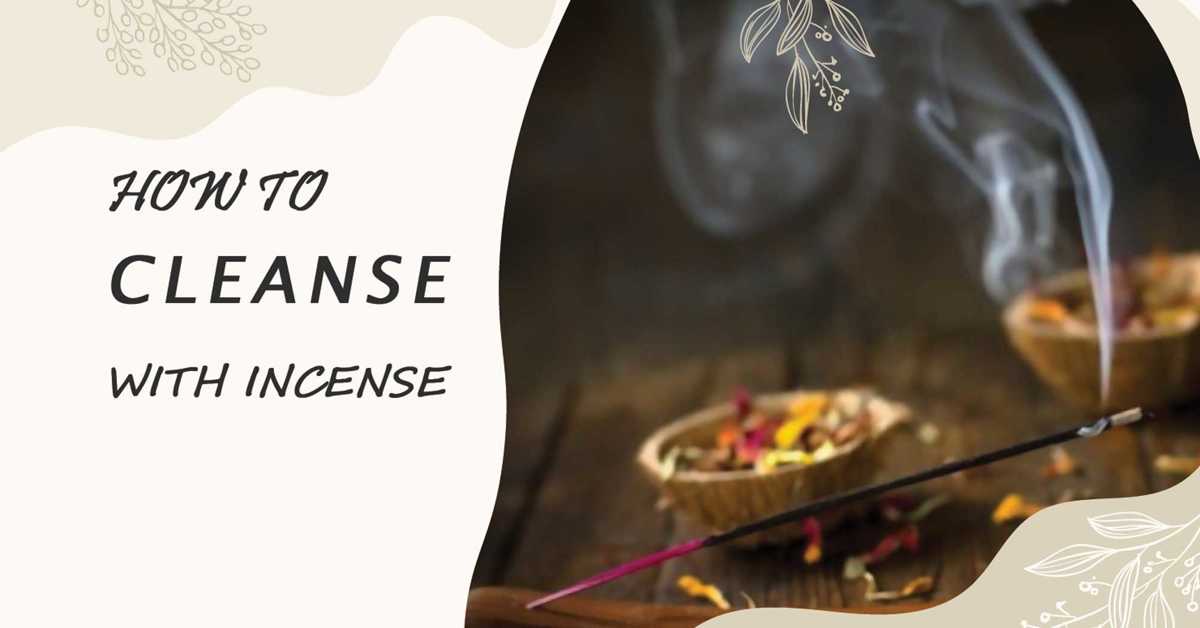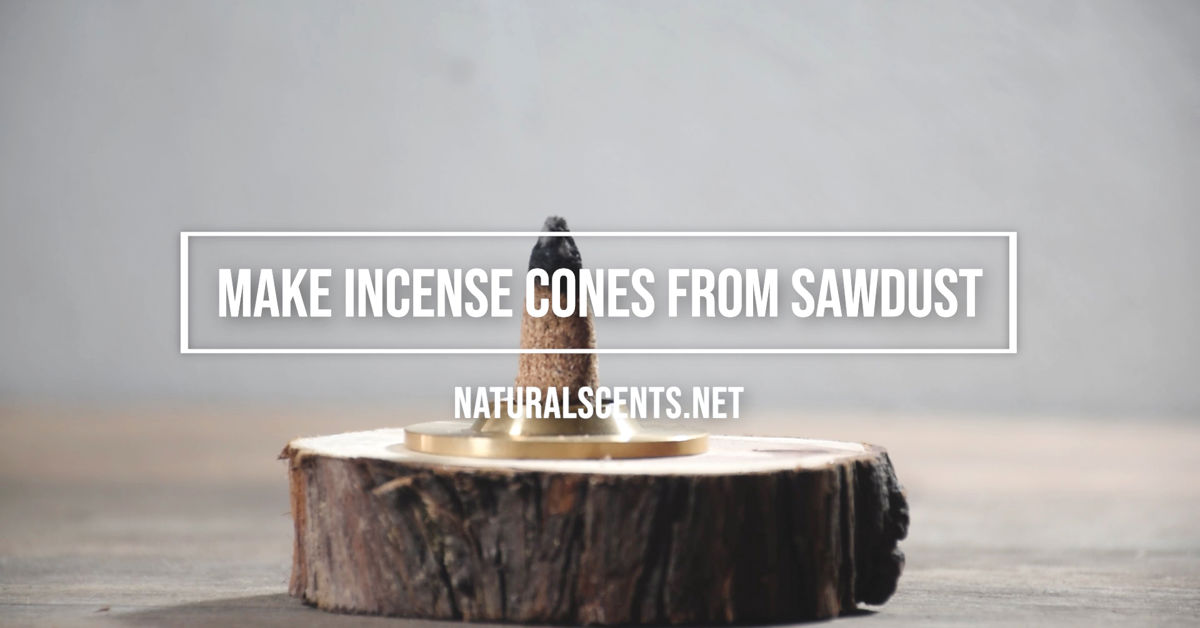Incense has been used for centuries in cultures around the world for its aromatic and therapeutic properties. While incense sticks and cones are readily available in stores, making your own incense cones can be a fun and rewarding experience that allows you to customize your own natural fragrances. In this comprehensive guide, we will explore the art and science behind crafting your own lemongrass incense cones, from the benefits of using natural ingredients to the step-by-step process of creating your own incense cones. Whether you're a seasoned incense maker or a beginner looking to try something new, this guide has something for everyone.
Materials Needed for Making Lemongrass Incense Cones
To make lemongrass incense cones, you will need the following materials:
- Green Lemongrass
- Makko powder
- Water
- Mixing bowl and spoon
- Incense molds or Coke bottle
- Blender
- sieve
Makko powder is a traditional incense-making ingredient made from the bark of the Machilus thunbergii tree. It acts as a binding agent and helps the incense cones to burn evenly. Please refer to the article introducing Makko powder for more details.
Step-by-Step Guide to Making Lemongrass Incense Cones
Step 1: Cut lemongrass
To create this tutorial, I will gather lemongrass from my garden. Because lemongrass leaves are very sharp, you should carefully wear protective gear when harvesting lemongrass. If you don't have them in stock, buy them at the supermarket.
Once you have fresh lemongrass, wash it and let it drain.
I will cut the lemongrass into small pieces so they can dry faster. Lemongrass is quite hard, so be careful during this process not to cut your hands..
After cutting the necessary amount of lemongrass, dry it. You will need 2 to 3 days for them to dry. If the weather is not good, you might need to use an oven.
Step 2: Grind lemongrass
Once the lemongrass is fully dry, use a blender to grind it into a fine powder.
My experience is to grind lemongrass right after bringing it in from the sun or just coming out of the oven. At this point, the lemongrass will be crispy and easier to finely grind.
Step 3: Blend other ingredients
In my incense recipe, I use two other ingredients: lavender and jasmine. I also need to grind them into a fine powder.
I bought dried jasmine and lavender at the store. However, to make them easier to grind, I also dried them in the sun for an additional 2 to 3 hours.
Once they are dry and somewhat crunchy, I use a blender to grind them into a fine powder.
Remember to separate the ingredients, making it easier for you to sift and adjust the composition of the incense cone.
Step 4: Sift ingredients
The ingredients need to be sifted to remove the coarse parts. This will help your incense cone have better adhesion and burn more evenly.
Please use a sieve to do this. Additionally, remember to sift the ingredients slowly to prevent them from spilling outside.
Step 5: Mix incense powder
After the ingredients are finely ground and sifted, use a spoon to mix them together.
My lemongrass incense recipe includes:
- 20 grams of lemongrass powder.
- 5 grams of jasmine powder.
- 5 grams of lavender flower powder.
- 5 grams of Makko powder.
Step 6: Check scent and flammability
Burn a small amount of your incense mixture to test its scent and how well it burns.
Because my recipe does not contain lemongrass essential oil, the scent is only faint but very pleasant. If you desire a more intense aroma, add lemongrass essential oil in the next step.
Besides, I found its flammability is also very good. So, I decided to go to the next step.
Step 7: Knead the dough
If you want to enhance the scent, add lemongrass essential oil to the mixture.
Here, I use a water spray bottle to dampen the incense powder mixture.
If I encounter a dry area, I will spray water on it.
Use a spoon and your hands to knead the incense mixture until it forms a clay-like consistency. Remember to stir well, as Makko powder and water will create a sticky substance similar to flour.
Step 8: Cut the incense powder into even pieces
An incense cone typically weighs between 1 to 1.5 grams. Divide your incense powder into equal pieces.
To easily transfer the incense powder into the mold, shape the piece of incense powder a bit longer.
Step 9: Create incense cones
If you have incense cone molds, use them to shape your incense cone.
In today's tutorial, I will use a piece of plastic cut from a Coke bottle to make a mold for an incense cone.
Choose a thin coke bottle because it will be easier to bend. Cut the bottle into plastic pieces that are approximately 7cm long and 3cm high. Then roll it up to create a cone shape.
To make an incense cone, put the incense powder into the mold and press it firmly with your hands. Once you see the incense powder taking shape, remove the incense cone from the mold.
If you want to make the backflow incense cone, you can use chopsticks to make holes for the smoke to escape.
And finally, put the incense cones on the tray and leave them to dry.
Step 10: Dry the incense cones
After I have finished shaping the incense, I will let it dry.
If the weather is not sunny, you can use the oven.
Be sure to dry the incense cones completely so they can burn properly.
Step 11: Burn the incense cone
Now that the incense cones are dry, let's come together and enjoy the finished product.
Let's assess their aroma, ability to burn, and smoke production.
Tips for Making the Perfect Lemongrass Incense Cones
Proper Ratio of Ingredients
The proper ratio of Makko powder to essential oil is important for creating the perfect lemongrass incense cones. Adjust the ratio as needed to achieve the desired scent strength, but be careful not to oversaturate the mixture with essential oil.
Consistency of Mixture
Achieving the right consistency of the mixture is crucial for making the perfect incense cones. The mixture should be moist enough to hold together but not too wet or clumpy. Add water as needed to achieve the desired consistency.
Temperature and Humidity Control
The ideal conditions for drying incense cones are cool and dry with low humidity. Avoid exposing the cones to high humidity or extreme temperatures, as this can affect the quality of the incense cones. Consider using a dehumidifier or air conditioner to control the temperature and humidity in the drying area.
Storage and Shelf Life
Proper storage techniques are important for maintaining the quality and shelf life of your lemongrass incense cones. Store the cones in an airtight container in a cool, dry place away from moisture and sunlight. The shelf life of lemongrass incense cones is approximately 6 months to 1 year.
Read my article on how to preserve incense for more detailed information.
Why Make Your Own Incense Cones?
Benefits of Using Natural Ingredients
One of the main benefits of making your own incense cones is the ability to use natural ingredients. Commercial incense cones often contain synthetic fragrances and chemicals that can be harmful to your health and the environment. By using natural ingredients, you can create a healthier and more sustainable alternative.
Customization of Scents
Another advantage of making your own incense cones is the ability to customize your scents. You can experiment with different essential oils and herbs to create your own signature fragrance that reflects your personality and preferences.
Cost-Effective Option
Making your own incense cones can also be a cost-effective option. While the initial investment in materials may be higher than buying commercial incense cones, you can make a larger quantity of incense cones for a lower cost in the long run.
Conclusion
Making your own lemongrass incense cones is a fun and rewarding experience that allows you to customize your own natural fragrances. With the right materials, techniques, and tips, you can create your own signature scent that will fill your home with a refreshing and calming aroma. Follow this comprehensive guide to get started on your incense-making journey today.
And finally, don't forget to tell us what you think and how you made your own incense cones. If you have any questions or suggestions, please let us know in the comments section below the article.






